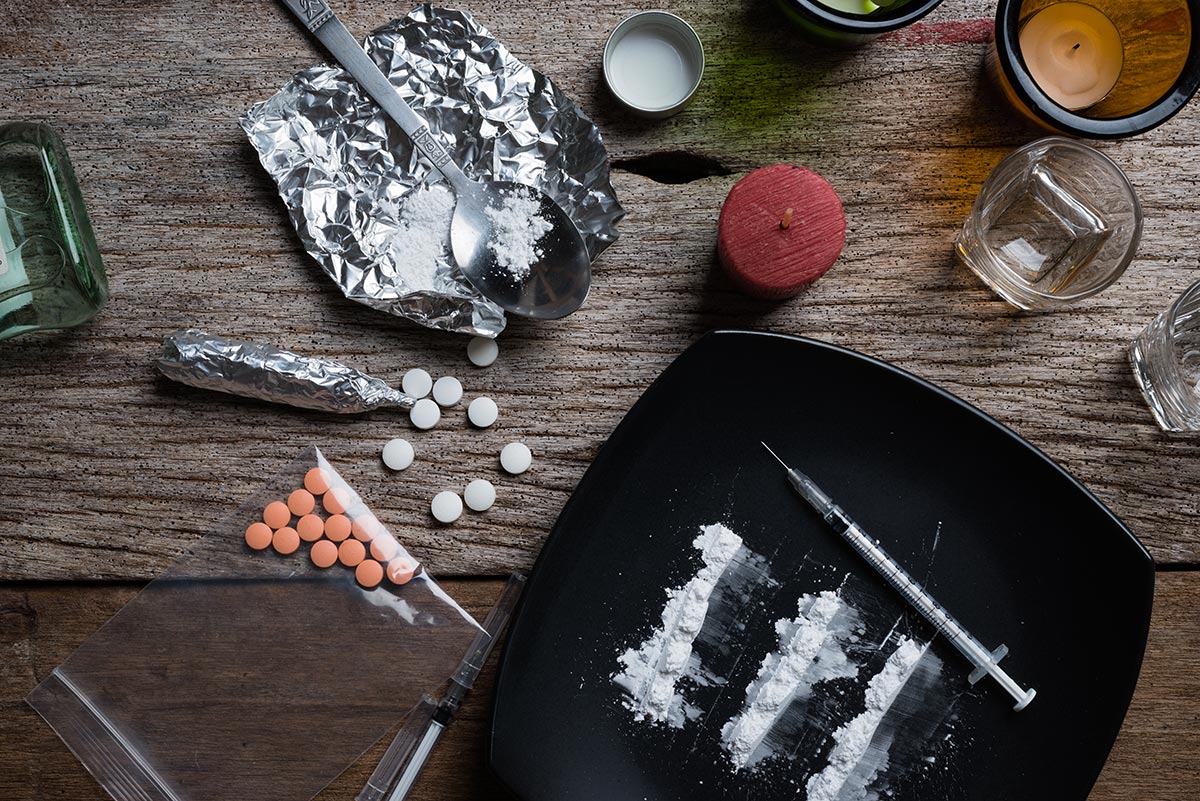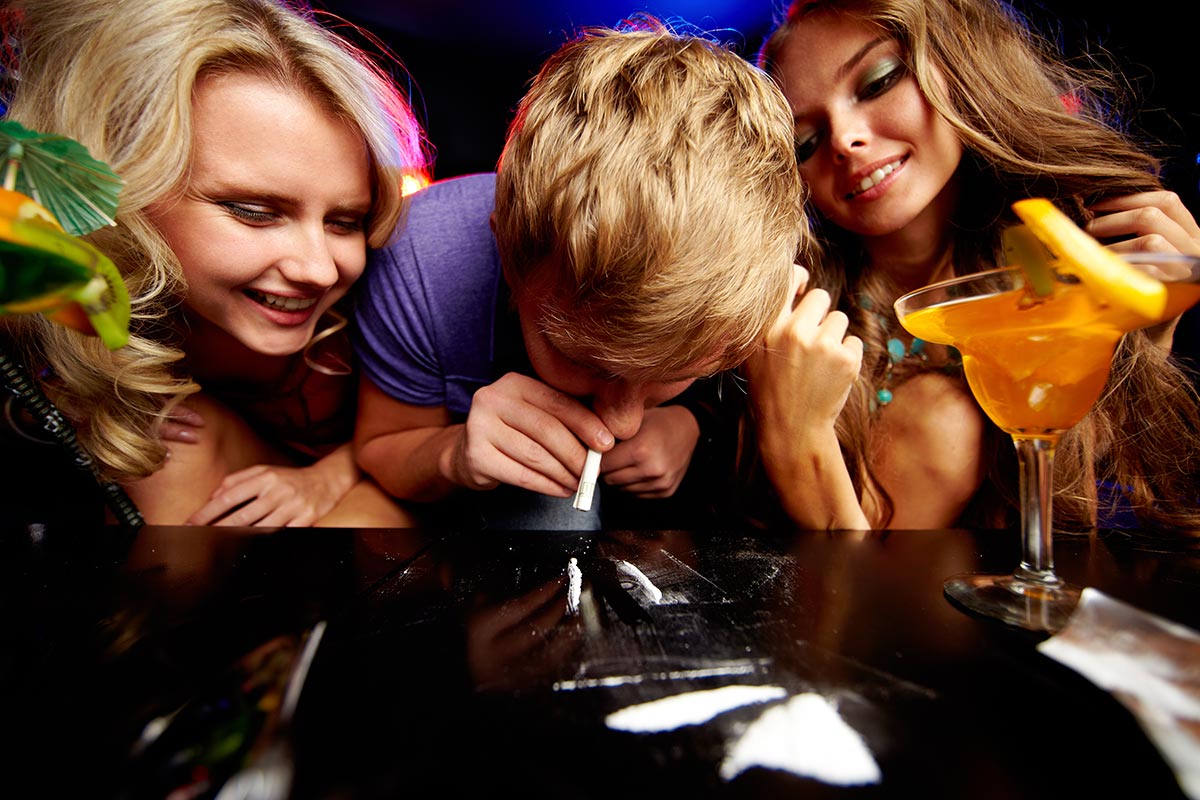
For many college students, going to college is the first point in life when they have to be alone, self-sufficient, and responsible for themselves. That also means that for many, college is a time of self-exploration, creating and setting boundaries, and dealing with high levels of stress at the same time. As a result, nearly all college students will experiment with drugs at some point. For most, that means trying cannabis or even trying something like Ritalin. And, for many, it ends there. For others, that goes on to become a long-term problem.College students drink and use drugs for a lot of reasons. Those include peer pressure, with students in sororities more likely to drink and binge drink and also more likely to have alcohol abuse problems later in life.
They also include for stress management, with many college students using drugs to “self medicate” stress, to sleep despite stress, or to reduce anxiety. Others use “study drugs” like Ritalin to try to boost exam results. As a result, more than 22% of college students regularly use drugs and another 55% regularly drink, and heavily.
The following data covers the 7 most commonly used drugs in colleges.
Marijuana
Marijuana or Cannabis is one of the most commonly abused drugs in the United States. That’s partially driven by the fact that many people don’t see it as harmful. In other cases, it’s because students use it to self-medicate and reduce stress. At the same time, in 2016, 20% of full time college students used cannabis regularly. In 2021, 11% of college students reported using cannabis daily, up from 6% in 2011. This means that cannabis is more popular in colleges than ever, with more and more students using it every single day. Cannabis is most-often used to control anxiety and to de-stress. However, some students also use specific strains as a study drug, although this is less common.
In addition, while cannabis has a low abuse profile compared to some drugs like opioids, it’s still highly addictive, with an estimated 1 in 4 daily users suffering from addiction.
Ritalin
Ritalin is so well-known as a study drug that it’s sometimes more associated with college students and abuse than with ADHD treatment. Today, somewhere between 5 and 30% of all college students have used or are currently using the drug. This prescription stimulant is intended to reduce the symptoms of ADHD and ADD. However, college students use it to increase alertness, to improve focus, and to stay awake during study, lectures, and tests.
While not highly addictive, Ritalin is illegal to use outside of a prescription. It can also cause heart irregularities and may increase risk of heart attack. And, when mixed with alcohol and other drugs, Ritalin can significantly increase the risks of overdose.
Adderall
Adderall is another prescription stimulant that’s rapidly becoming more and more popular among college students as a study drug. This means that students are very likely to use it in the same capacity as Ritalin, as they are a very similar drug. Adderall lasts for either 6 hours or 14 hours, which means it’s more likely to still be active when students start drinking or using other drugs. In addition, college students are 3% more likely to use Adderall when age matched to non-college student populations.
Adderall is also illegal to use without a prescription. However, the risks are virtually identical to Ritalin.
Get Your Questions Answered
Our expert & caring staff on site are available 24/7. Call us today.
Hallucinogenic
MDMA, LSD, ecstasy, and other hallucinogenic drugs remain extremely popular on campuses across the United States. Often, this means these drugs are taken as party drugs. However, microdosing is also increasingly popular, as students take tiny doses of the drug to boost performance, reduce stress, or create subtle psychedelic effects. Most students think of microdosing as safer than taking a full dose, but over the course of the day, often build up higher levels of hallucinogenic in their system than by taking a single dose at once.
While the addiction profile for hallucinogenic is low, these drugs are still dangerous. Many have a risk of causing psychosis, months-long symptoms, and extreme reactions like vomiting that can be life-threatening. As a result, ER-related visits have gone up by close to 4.7% since 2011.
Cocaine
Cocaine was the fourth most commonly used drug on college campuses in 2017. In one study, 4% of full-time college students used cocaine. In others, cocaine is shown to be much more common, with as many as 13% of students in some universities using it. Cocaine is primarily used as a party drug, which is popular for being relatively safe and for wearing off quickly. However, cocaine still exposes users to significant risks including hypertension, mental health disorders, hyperactive disorder, heart problems, increases in paranoia, and increases in anxiety. As a result, students use the drug thinking it’s a relatively harmless party drug but end up facing significant side-effects and cravings at the same time as high stress and peer pressure.

Opioids
Today, an estimated half a million college-aged adults have an opioid use disorder. This means that 1.2% of all people in this age group are addicted to opioids, with many more using them. Changes in how opioids are prescribed to young people have also resulted in increasing reliance on street drugs like heroin and fentanyl, including mixes of fentanyl and Adderall, which pose significantly high risks of overdose. Opioids are primarily used as a party drug or self-medicating drug, with people using them to destress, to feel better, and to escape from the stress of college life. At the same time, these drugs pose a significant risk of addiction as well as of physical and mental health complications.
Alcohol
Alcohol is the single most abused drug on college campuses. While not traditionally though of as a drug, this intoxicating substance is abused by more than 55% of all college students. In fact, 39% of college students report binge drinking. Men in sororities are most vulnerable, with increased risk of binge drinking, substance use disorder, and later life substance use disorder. Alcohol creates risks of addiction, mental health problems, and physical health problems. For many students, it also makes it harder to study, harder to focus and stay alert in class, and harder to have the mental energy for study.
This means that alcohol abuse can significantly sabotage study and your ability to feel good around college. It can also mean making impulsive decisions like drinking too much, not doing homework, and staying up too late, which makes the rest of study harder.
Getting Help
If you or a loved one is struggling with drugs or alcohol, it’s important to reach out and get help. Today, most college campuses offer resources for students who need help. For example, you can often get therapy, work towards enrollment in a rehabilitation program, and get therapy right from campus. However, it’s also important to talk to your doctor, to figure out the underlying causes behind substance abuse, and to work towards building coping mechanisms and skills that will allow you to navigate college without turning to drugs and alcohol. For many college students that means going to therapy, getting longer-term treatment and support, and ensuring that you have a good support network in place, even when going off on your own to a college.






